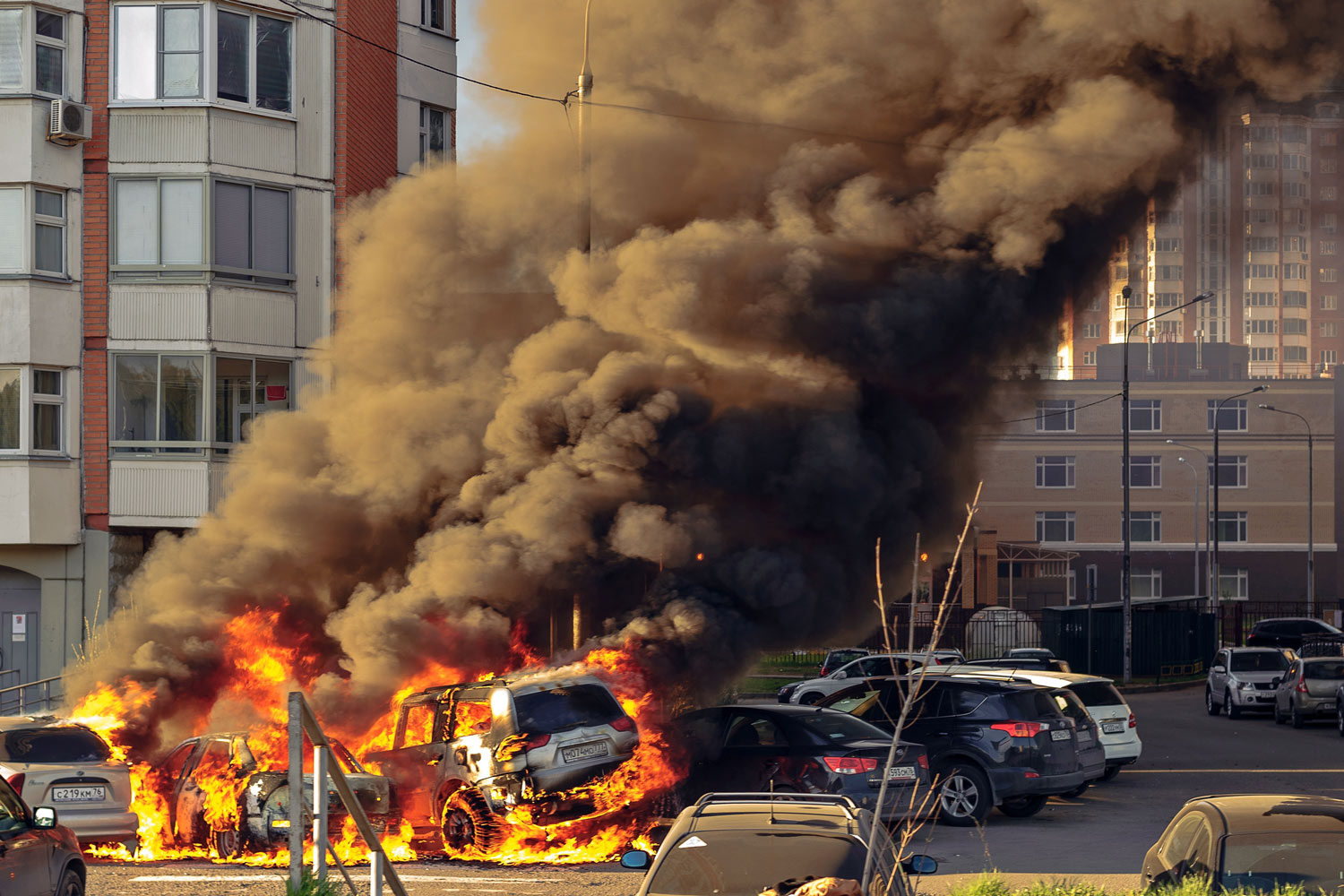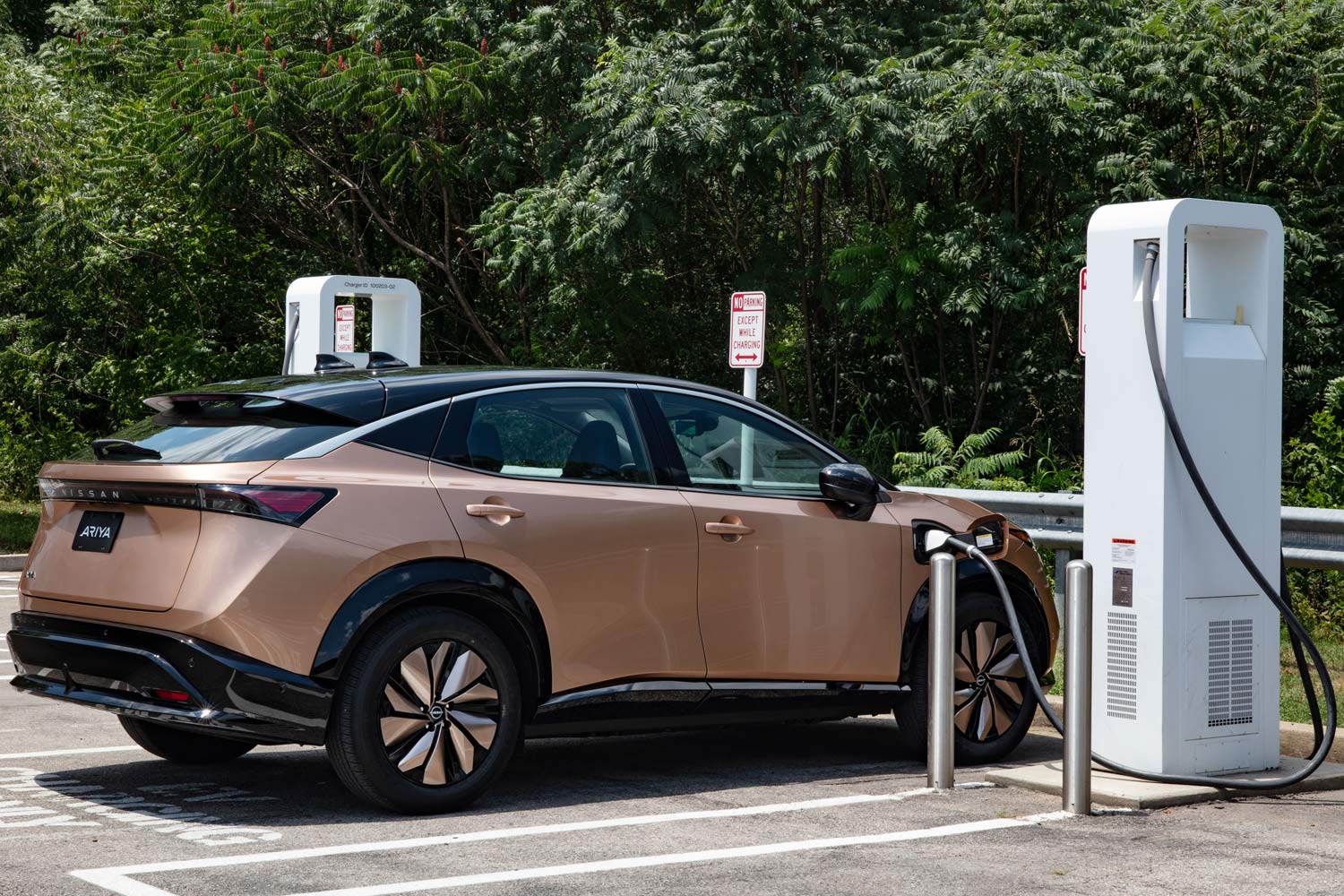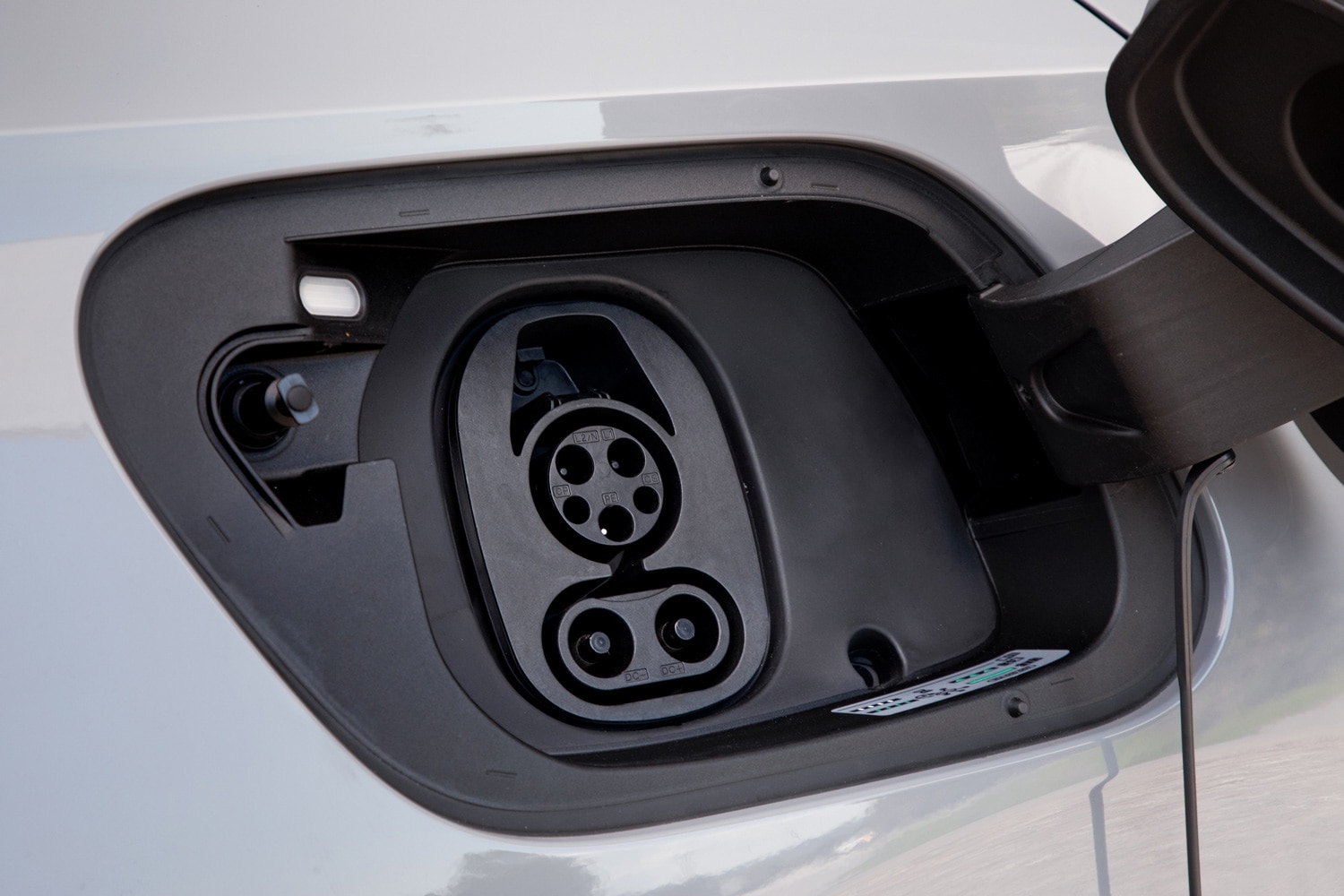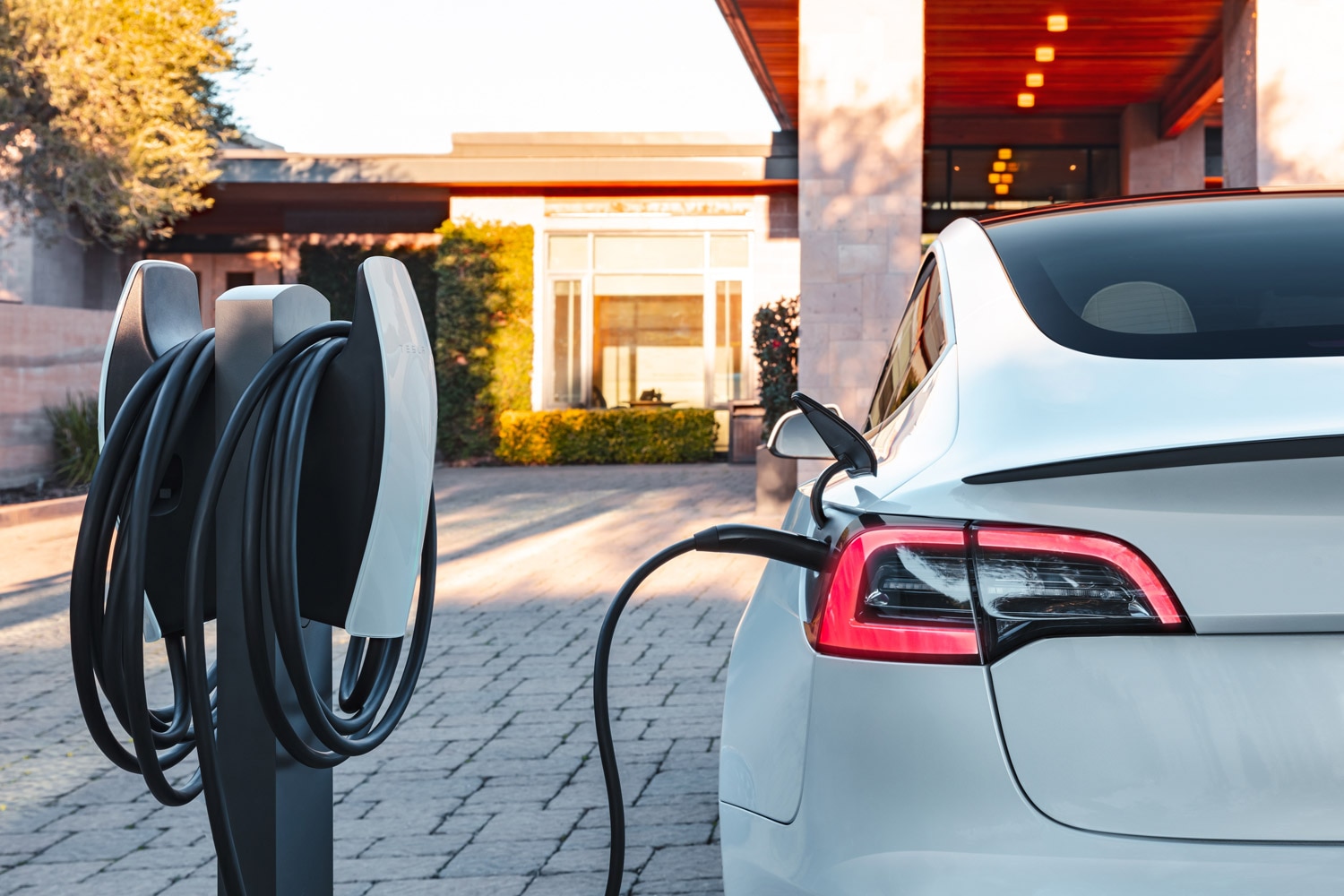How EVs Have Changed Roadside Firefighting
Putting out a battery fire takes more effort than extinguishing a gas-fueled engine blaze.
 Shutterstock
Shutterstock
Article QuickTakes:
Electric vehicles might be gentler on the environment than gas-fueled vehicles as far as emissions, but they pose new challenges to emergency responders when it comes to fire. Once ignited, an EV's large battery array can be difficult to extinguish and poses the danger of high-voltage electric shock. This has forced fire departments to revise their emergency playbooks.
 Nissan
Nissan
Electric Vehicle Fires Are Uncommon
A spate of high-profile EV fires over the years has captured the public's interest and caused many to wonder how frequently they happen. The tracking of this information is far from standardized. The U.S. Fire Administration reports that between 2013 and 2017 there were 181,700 highway vehicle fires, but the agency does not doesn't collect vehicle powertrain information. In their annual impact report from 2020, Tesla says that fire incidents in its vehicles are about 11 times less likely than in the average vehicle in the U.S.
What Causes EV Fires?
Typically, an EV fire results from damage to the vehicle's lithium-ion battery. This could happen due to a collision, a manufacturing defect or design flaw, or even improper charging. Submersion in saltwater can also cause a fire, as happened in the aftermath of Hurricane Ian in 2022 when several EVs ignited days after recovery. Residual salt in the battery formed so-called conductive bridges, which created a path for a short-circuit and self heating, according to the National Transportation Safety Board (NTSB).
 Volkswagen
Volkswagen
EV Fires Differ From Internal-Combustion-Engine Fires
Discounting hybrids, most EVs on the market today have a sizable lithium-ion battery pack that powers the vehicle's electric motors. These packs contain hundreds or thousands of individual lithium-ion cells, each packing a lot of energy into a small space.
Should one short-circuit, it's vulnerable to a process called thermal runaway in which the cell tries to dissipate its energy in the form of heat until the temperature reaches such a pitch that the cell becomes unstable. Meanwhile, neighboring cells are capturing heat from the first and looking for their own relief. This can spiral out of control and eventually lead to off-gassing and fire.
Such fires are chemical in nature and burn at excessive temperatures — up to 2,500 degrees Fahrenheit, according to Tom Miller, the West Virginia director for the National Volunteer Fire Council. By comparison, the average internal-combustion-vehicle fire reaches about 1,200 degrees F.
The placement of the battery array — generally situated low in the vehicle and surrounded by metal — makes it difficult for emergency crews to hit the source of the fire head on. Because of this, Miller said, "More resources are needed, and roads may be closed longer." The typical internal-combustion-vehicle fire takes fewer than 1,000 gallons of water to extinguish, but an EV fire may require many multiples of that. "I have heard of some departments," he said, "that just let the EV burn and focus on protecting exposure to other vehicles and structures around the scene."
Once an EV fire is contained, the battery has the potential to reignite due to residual energy in the cells. "Disconnecting the battery system does not get rid of the stranded energy," Miller said. It then remains a hazard for days or even weeks after the initial blaze. To decrease the risk of injury to those who deal with the cleanup, such as tow operators, salvage-yard workers, and repair-shop technicians, many fire departments have sought to isolate a burnt EV until they're certain it won't reignite.
 Tesla
Tesla
Fire Departments Are Preparing for More EVs on the Road
In 2021, the NTSB found that automakers' emergency response guides for EV models often failed to provide adequate safety instructions for firefighters, so it issued recommendations to manufacturers on how to update them. Several automakers have already completed this task, and others are in the process of doing so.
It's important when emergency responders first arrive on the scene that they recognize whether it's an EV or an internal-combustion vehicle on fire. This can be difficult to discern when the car is engulfed in flames, so fire departments have started to teach their crews about identifying features of EVs, including badging, high-voltage component stickers, charge-port doors, and the lack of an exhaust pipe or grille.
Some of these programs are sponsored by automakers. General Motors, for example, offers a four-hour course addressing topics including battery architecture, how EV fires differ from those sparked by internal-combustion vehicles, and how to safely handle high-voltage components.
Fire departments are experimenting with specialized equipment as well such as submersion tanks, a port plug that immobilizes the vehicle, and a hose nozzle that reaches under the vehicle and sprays water directly on the battery. However, according to Miller, "The costs of these specialized tools can be prohibitive for fire departments, especially volunteer fire departments."



